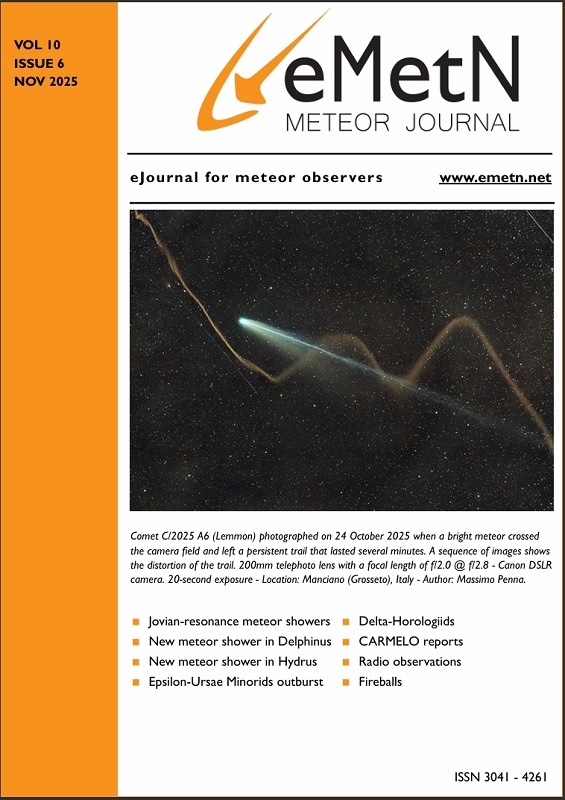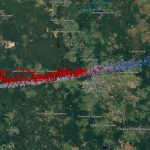Meteor Activity Outlook for 21-27 December 2019
During this period the moon reaches its new phase on Thursday December 26th. At this time the moon will be located near the sun and will be invisible at night. This weekend the waning crescent moon will rise during the early...
Read More

